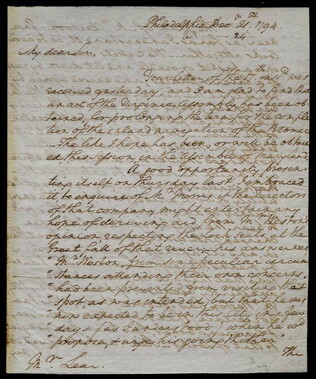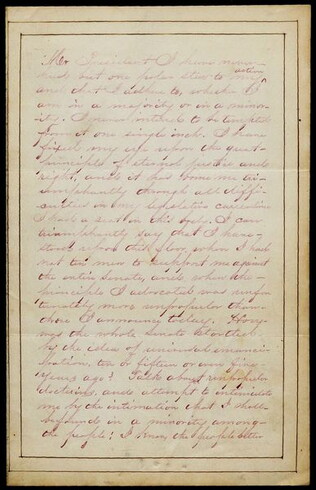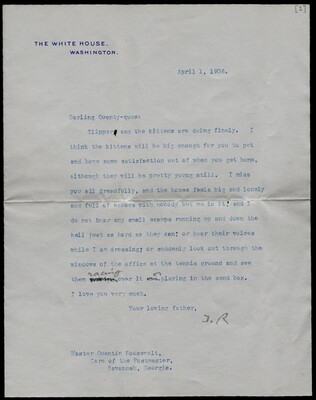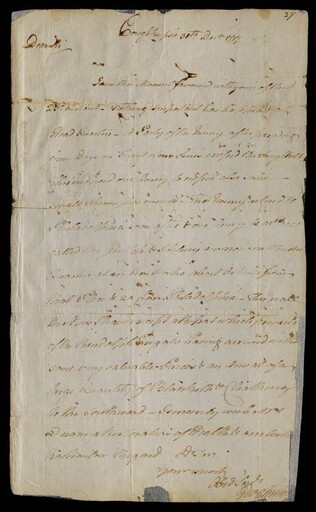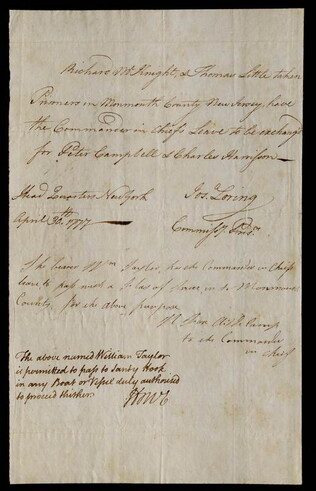1794/12/21
Washington, George (1732-1799)
to Tobias Lear re: navigation of the Potomac, tobacco & business
Washington expresses pleasure at the Virginia Assembly's passing a bill concerning internal navigation of the Potomac, and mentions the quantities of tobacco in his warehouses and price differentials.
GLC01402
